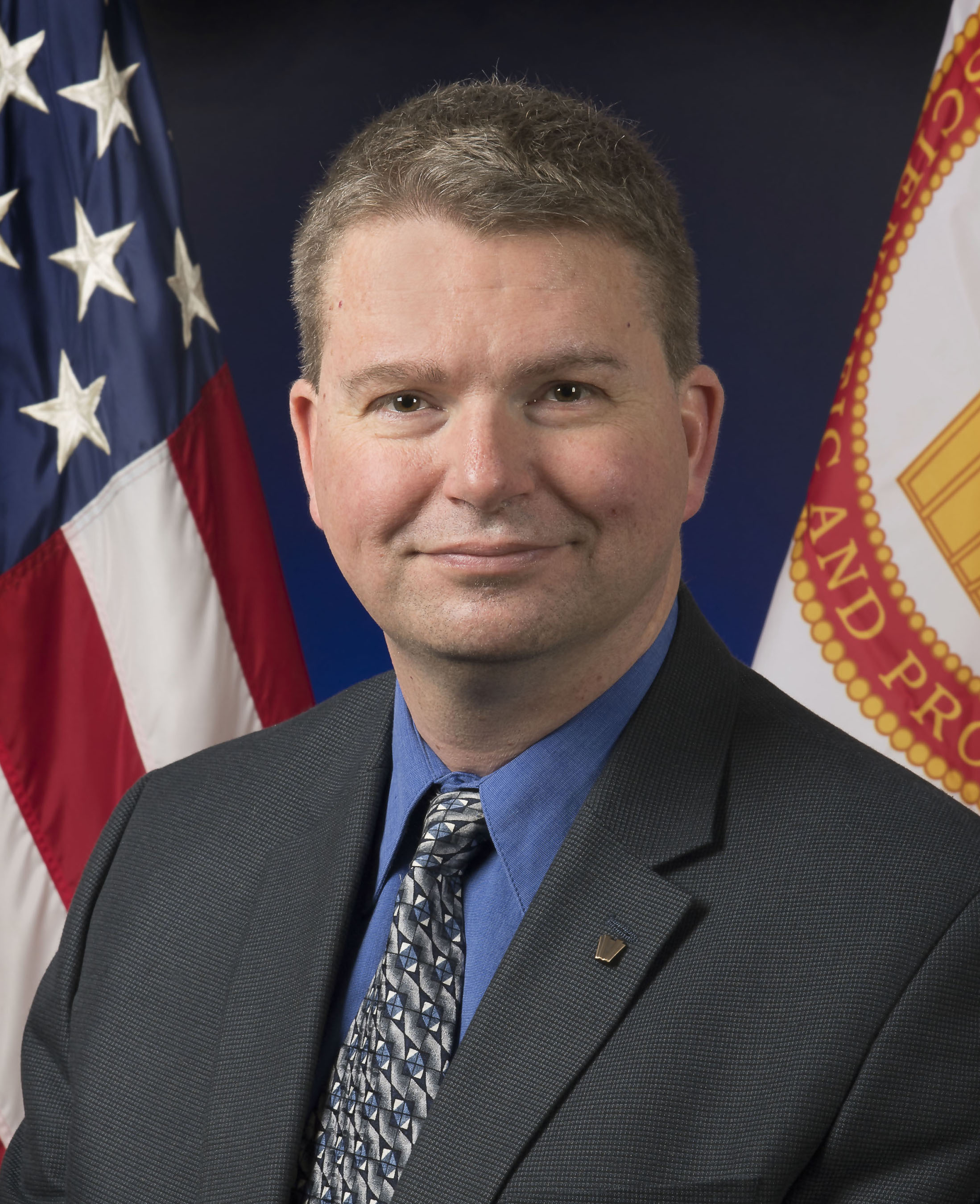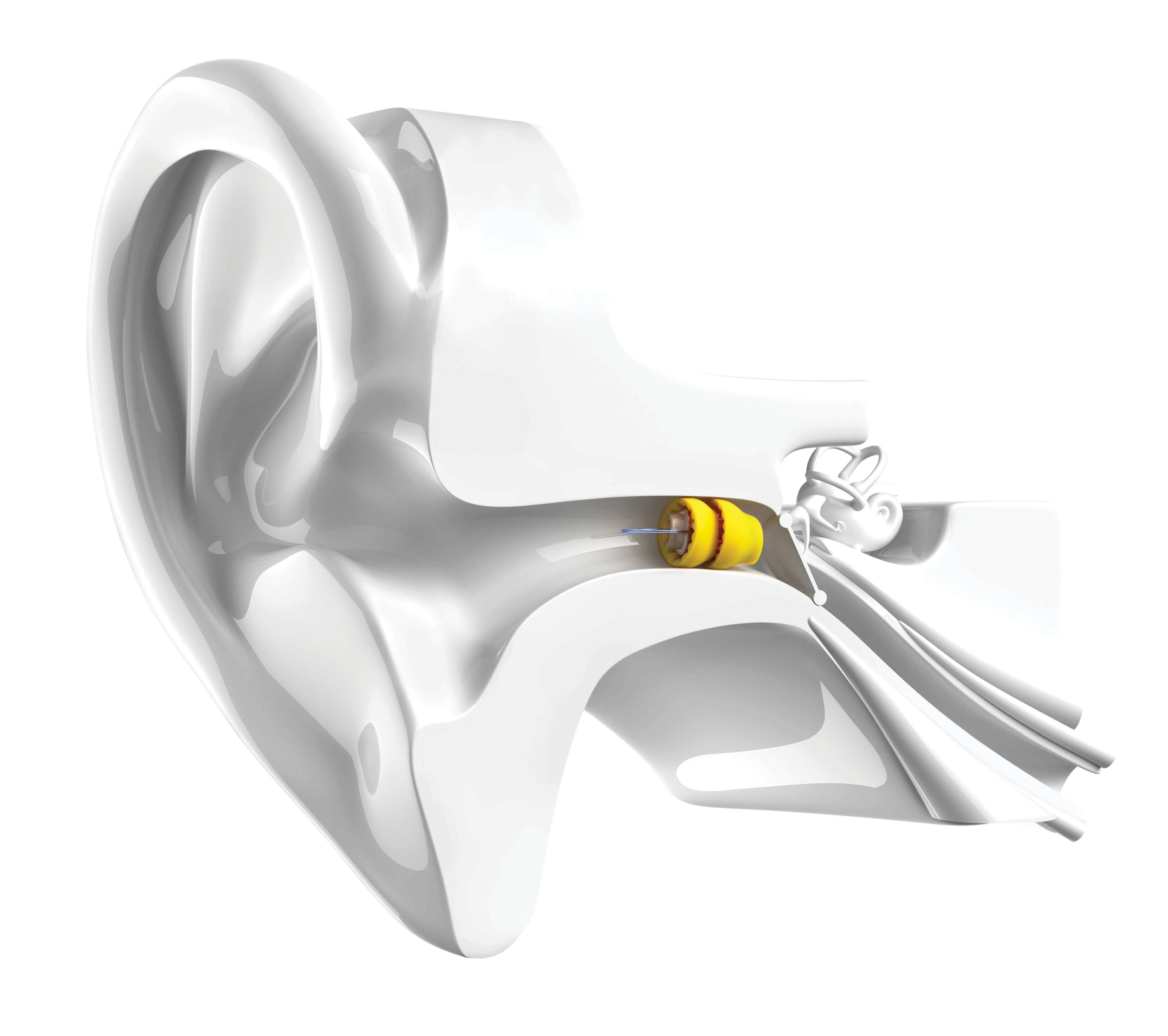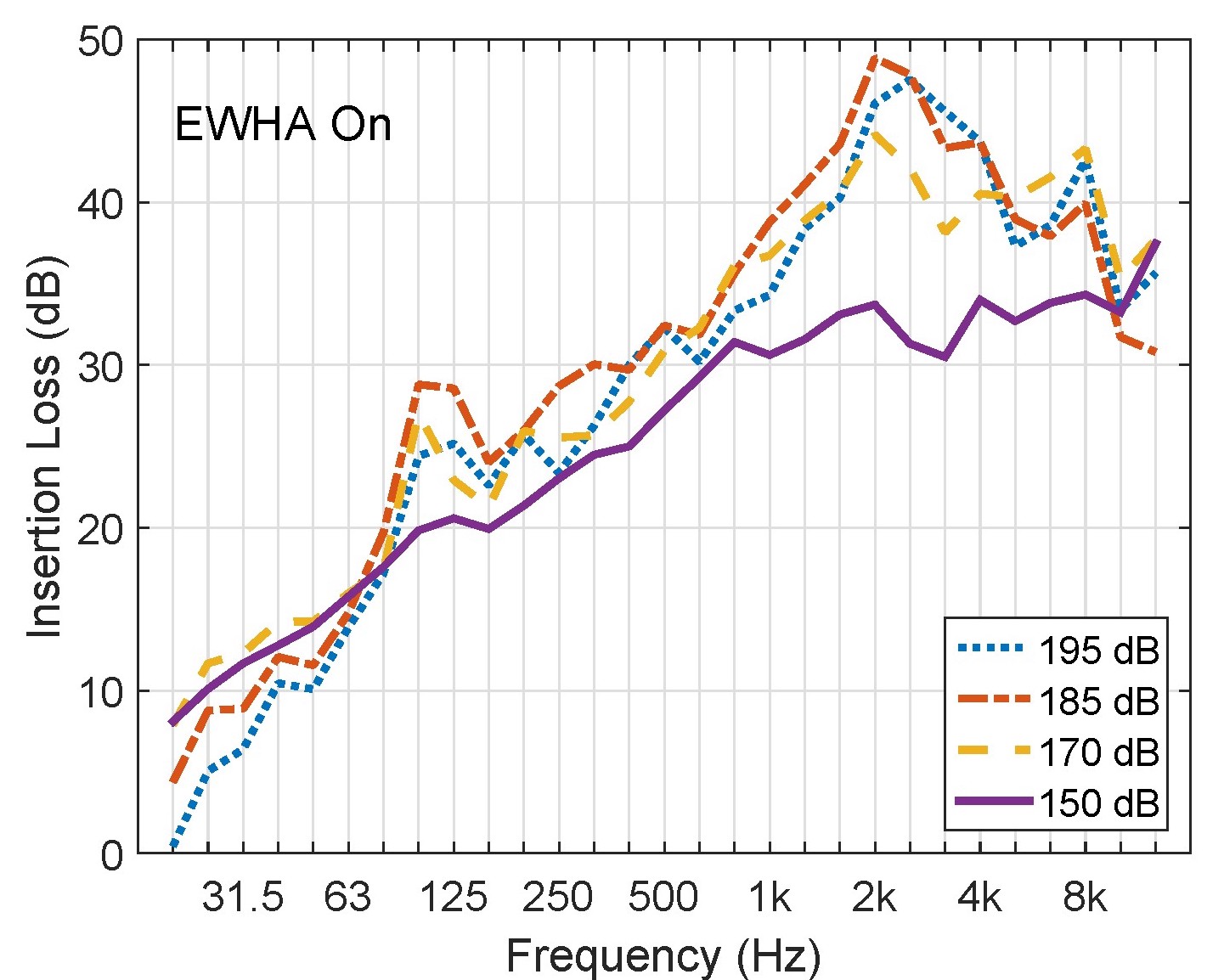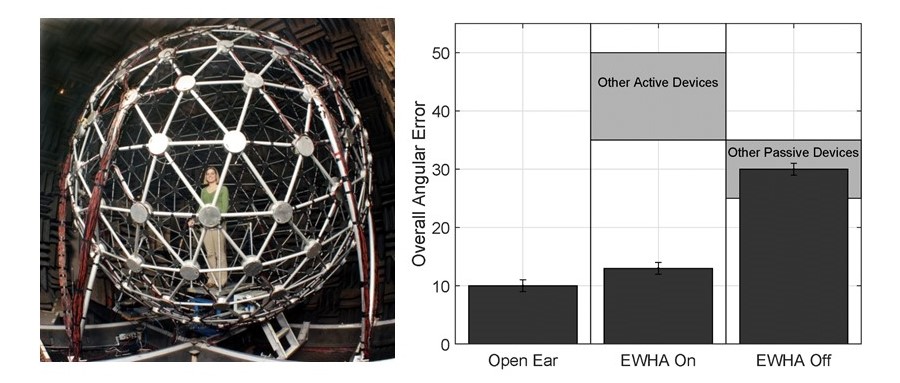Military Operational Medicine (JPC-5)
A Deployable Extended-Wear Hearing Aid for Battlefield Military Operations





Posted June 15, 2022
This project is managed by the CDMRP under the Defense Medical Research and Development Program on behalf of Military Operational Medicine Research Program
Douglas Brungart, Ph.D., Walter Reed National Medical Center
LaGuinn Sherlock, Au.D., US Army Public Health Command
Hilary Gallagher, Air Force Research Laboratory
 Dr. Douglas Brungart
Dr. Douglas Brungart
 LaGuinn Sherlock
LaGuinn Sherlock
 Hilary Gallagher
Hilary Gallagher
Hearing-related issues are one of the most prevalent permanent disabilities reported among Veterans and Service Members and can affect an individual's ability to work and communicate effectively. According to a report published by the Department of Veterans Affairs in 2020, more than 1.3 million Veterans were receiving disability compensation for hearing loss, and more than 2.3 million Veterans were receiving compensation for tinnitus, an auditory injury that causes a person to experience ringing in the ear(s).1 A significant problem occurs when noise exposure is intermittent and/or unexpected. The military employs many forms of personal protective equipment to aid in protecting hearing, but many of these options impair situation awareness and communications and/or are not comfortable for continuous use. In response to a fiscal year 2012 Broad Agency Announcement for the Defense Medical Research and Development Program, Dr. Douglas Brungart proposed to evaluate the use of an extended-wear hearing aid (EWHA) as a form of continuous hearing protection for Service Members, with and without hearing loss. The EWHAs do not cause significant discomfort to the wearer or severely affect their ability to detect tactically relevant sounds during military operations.

Figure 1: Lyric EWHA inserted in the ear canal.
In the first phase of his study, Dr. Brungart and his team evaluated the use of the Phonak Lyric EWHA, a Food and Drug Administration-approved medical device, for hearing preservation in individuals without hearing loss. The device is inserted in the ear canal by an audiologist (Figure 1) and is designed to remain in the ear until the battery is depleted, approximately 90 days. The EWHA has three modes once inserted: On, Sleep, and Off. In the "On” mode, the EWHA acts as an amplifier to increase the level of noise the user can hear. In the "Sleep” mode, the EWHA reproduces the open-ear signal (i.e., an environment without a hearing aid). And, in the "Off” mode, the EWHA becomes an ear plug that blocks sound entering the ear canal.
To evaluate the effectiveness of the device for protecting hearing and prolonged everyday use, Dr. Brungart evaluated three key parameters: blockage or attenuation of continuous noise, attenuation of impulse noise, and preservation of situation awareness. To assess the effectiveness of the EWHA at blocking continuous noise, 10 volunteers with EWHAs in the "Off” position were tested to see how well the EWHA could block continuous noise. The results showed that the EWHA may protect the listener from a high level of noise in the "Off” mode as well as the protection one would receive from a conventional earplug. To determine the EWHA's ability to protect the user from impulse noises (e.g., explosion or gunshot), EWHAs were placed in acoustic manikins and exposed to an explosive blast at various distances and intensities. The results of this test indicated that the EWHA provided more protection from impulse noises than a conventional earplug. (Figure 2).

Figure 2: Insertion loss (attenuation) provided by the EWHA as a function of frequency (abscissa) and overall blast intensity (as indicated in the legend). These attenuation values are comparable to what has been measured with other conventional earplug devices.
Finally, the investigators evaluated the user's ability to maintain situation awareness and detect quiet sounds. Ten individuals with normal hearing were tested with the EWHA in the "On” mode and the insertion loss, or reduction in noise level due to the device, was measured. When compared to the normal auditory threshold, there was no significant blockage of low-level noise that resulted from the presence of the EWHA. Auditory localization was also assessed using the Auditory Localization Facility at the Air Force Research Laboratory, which consists of 277 loudspeakers distributed in a spherical array that surrounds a listener standing on a platform (Figure 3, left panel). The listener pointed to the speaker where they thought the sound was coming from. Compared to an unprotected ear, when the EWHA was in the "On” position, there was a small but significant decrease in ability to identify the correct location of the sound. However, the reduction in localization accuracy was much less than has been measured for other types of hearing protection devices, including active and passive earplugs and earmuffs. (Figure 3, right panel) These results suggest that the EWHA technology could be very effective as a way to protect listeners with normal hearing from unexpected exposure to blast or impulse noise without substantially impairing their ability to detect and localize sounds in their environment. Dr. Brungart's team also found that localization was substantially impaired with the EWHA in the "Off” position, even when the sound source was presented at a loud enough level to compensate for the attenuation provided by the device. This is significant because it suggests that some factor other than distortion of the spatially-dependent sound cues provided by the external ear or pinna may be interfering with localization accuracy when listeners wear traditional passive hearing protection.

Figure 3: Left panel: Auditory Localization facility at AFRL; Right panel: Overall angular localization error in the Open Ear, EWHA On, and EWHA Off configuration of the experiment. The shaded regions show the ranges of localization scores obtained for other passive and active hearing protection devices in the same facility.
In a parallel study conducted at the Walter Reed National Military Medical Center, Dr. Brungart compared the performance of EWHAs to the performance of conventional hearing aids (HAs) worn by active-duty service members with hearing loss. Functional gain and attenuation, occlusion effect, speech recognition, and sound localization were evaluated. Participants were also asked to complete a questionnaire about their experience with the EWHA. Functional gain and device attenuation were measured with both the EWHA and the HA On and Off, as well as with the EWHA and a Tactical Communication and Protection Device (TCAP) On and Off. No significant differences in hearing ability were observed when all devices were in the On mode, suggesting that the EWHAs could be used in conjunction with conventional hearing protection devices in high-noise environments. The EWHA performed comparably to the standard HA in terms of audibility of soft sounds and speech understanding in quiet and noisy environments. Sound localization was tested in a spatial hearing laboratory in which 26 loudspeakers were mounted around a room and individuals were tasked with identifying the location of the source. Surprisingly, average localization accuracy was found to be best in the unaided condition, intermediate in the standard HA condition, and poorest in the EWHA condition. The relatively poor localization performance when listeners with hearing loss were using the EWHA was somewhat surprising given the high level of localization performance EWHAs provided for listeners with normal hearing, and suggests that listeners with hearing loss may be relying on a different set of auditory localization cues than listeners with normal hearing.
Despite the manufacturer's claim that the EWHA could remain in place for 90 days, participant withdrawal occurred throughout the duration of the study with the Active Duty service members, primarily due to sores in the ear canal and secondarily to device failure. This suggests that the current implementation of the EWHA, which requires an audiologist to make all adjustments and reinsertions, may not be compatible with the challenges faced by military hearing aid users.
For the first time, Dr. Brungart and his team evaluated EWHAs as a form of hearing protection. Overall, in individuals with normal hearing, EWHAs are capable of providing a significant amount of protection from both impulse noise and continuous noise while maintaining the wearer's localization accuracy. Conversely, results from listeners with hearing loss suggest the devices do not preserve hearing localization cues as well as they do for listeners with normal hearing, and that issues with device discomfort and reliability would preclude using the EWHAs for an extended period in environments where the user would not have access to an audiologist to make adjustments. These research findings suggest that EWHAs might be a suitable protectant for individuals with normal hearing but that, in their current form, they might not be feasible for Service Members who are reliant on amplification. Future work will focus on exploring the safety and feasibility of a device that would allow the hearing aid user to self-insert the EWHA in operational settings where access to a hearing professional is limited. If the issues related to self-insertion of the EWHA in the field environment can be overcome, this technology has potential to greatly improve our ability to protect the hearing of Service Members and civilians in environments where there is a low risk of high-level noise exposure over an extended time period.
References:
1Sherlock LP, Perry TT, and Brungart DS. 2021. Evaluation of extended wear hearing aids as a solution for intermittently noise-exposed listeners with hearing loss. Ear & Hearing 41:1544-1559.
2Brungart DS, Sherlock L, Perry TT, Spencer NJ, et al. 2020. Potential applications of extended-wear hearing aid technology in hearing conservation. NHCA Spectrum 37(2):12-18.
Link:
Last updated Friday, March 7, 2025














